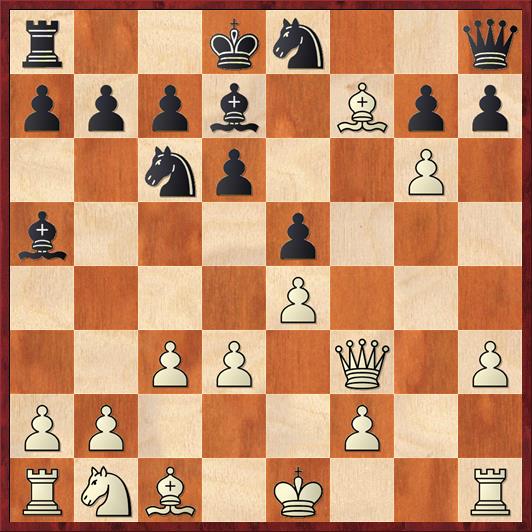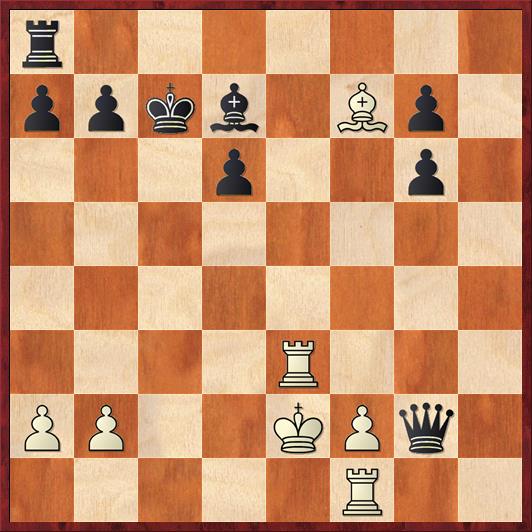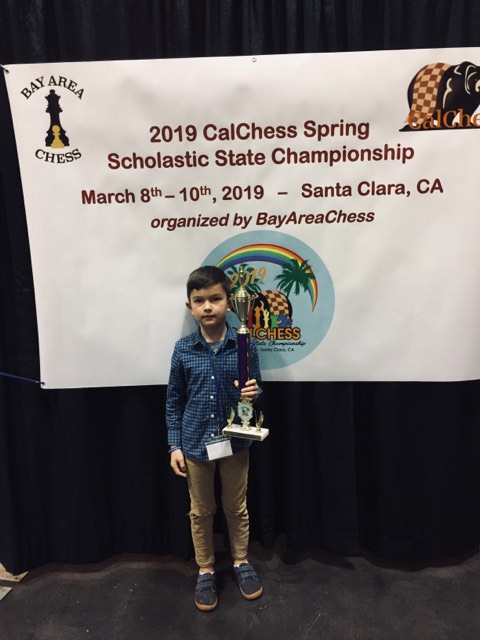This weekend two of my protégés at the Aptos Library Chess Club, Emmy and Ryder Pimentel, ventured into the world of rated chess for the first time. And they did it in a reallllly big way: they played in the CalChess Super State Championships, a scholastic tournament that was expected to draw more than 1300 kids. (I don’t know the actual attendance figures.) What could I compare this to? Like having your first road race be the Boston Marathon?
Well, maybe it wasn’t quite that ambitious, but definitely jumping into such a huge tournament was like jumping into the deep end of the pool. And it wasn’t even on their radar screen until a week ago. Last weekend they participated in a Rising Stars (unrated) tournament at Bay Area Chess. They both did really well (3-0) and we heard all about the upcoming state scholastic championship, and they decided that they wanted to play!
I think that they both really enjoyed the weekend, although it ended on a slightly disappointing note for one of them. First, on Saturday, Ryder played in the Beginner section (under 500 rating) of the kindergarten through third grade (K-3) age group, and he tied for first place! Yes, you read that right. In his first tournament, at age 7, he went 5-0 and became a state champion. For comparison, I didn’t become a state champion until age 26 (and probably at least a hundred tournaments). So he is 19 years ahead of me!
I was not expecting that at all. Both Ryder and Emmy could have played in the Rookie section (a rated tournament, but for unrated players only). However, after they both went 3-0 the previous weekend, I recommended that they should both play in the Beginner section (under 500) for tougher competition. I expected both of them to lose at least one or two games.
It will be very interesting to see what kind of rating Ryder gets. I’ve heard that when you go undefeated and untied, the rating system overestimates your strength. For example, when Fabiano Caruana started out 7-0 at the Sinquefield Cup one year, they said that his performance rating to that point was over 3200 – more than 400 points above his actual strength. So I’m a little bit concerned that Ryder might get a rating over 1200, when his true strength is probably more like 800. We’ll see.
On Sunday it was Emmy’s turn to play in the Beginner section for grades K-6. To be honest, she may have felt the pressure of having to live up to Ryder’s performance. (Even though no one said she had to.) She lost her first two games, but then fought back really well and won games three and four. That gave her a chance for a trophy, because everyone who scores 3 points or more wins a trophy. However, she lost in the last round, and “only” won a medal instead.
She took her defeat pretty hard, and there were many things I wanted to (and did) say to her. The two that I think are most important are that I’m proud of her and that I hope she does not let this disappointment keep her from enjoying the game. I don’t think I have ever had a student who took as much joy in the game itself as she does. The one downside of tournament chess, with its emphasis on points and prizes and ratings, is that it might take away some of that joy. I hope she’ll remember that the game is still beautiful even when you are on the losing side.
I’d like to show a couple of positions from Emmy’s win in round four that were the high points of her weekend. As Emmy’s and Ryder’s (sort of) coach, I feel as if I should not say too much in public about what I see as their strengths and weaknesses, so I’ll just limit my comments to the specific positions.

FEN: r2kn2q/pppb1Bpp/2np2P1/b3p3/4P3/2PP1Q1P/PP3P2/RNB1K2R b KQ – 0 15
Emmy is Black in this position. The opening didn’t go well for her; she allowed her opponent to get a knight fork on f7 and she lost the exchange. But most importantly, she didn’t give up! While her opponent has continued to focus his attention on the kingside, he has neglected his queenside development. Now Emmy has prepared a little surprise for him.
15. … Nd4!
In just the last few months, Emmy has gotten really proficient at recognizing pins and forks and discovered attacks and skewers, the meat and potatoes of tactical chess. Here she takes advantage of a pin.
Her move doesn’t actually win material, but it throws a huge monkey wrench into White’s attack.
16. Bg5+ Nf6 17. Qe3?? …
This is the eternal downside of developing your queen to f3. If a knight lands at d4, you usually have to retreat back to d1. After 17. Qd1 Ne6 White’s attack has made negative progress, although of course he is still in the driver’s seat.
After the text move, however, Emmy displays her understanding of forks.
17. … Nc2+!
Forking the queen and king.
After 18. Kf1 Nxe3+ 19. Bxe3 Emmy was up a queen for a rook and a pawn, but that is anything but an automatic win, especially in kids’ chess. I was really impressed that she was able to convert her advantage to a victory. Here is an interesting moment from later in the game.

FEN: r7/ppkb1Bp1/3p2p1/8/8/4R3/PP2KPq1/5R2 b – – 0 32
In this position Emmy could put the game away with 32. … Bb5+, a skewer that wins a whole rook. (If her opponent plays 33. Rd3, then she has a super-duper skewer that wins both rooks! 33. … Bxd3+ 34. Kxd3 Qxf1+ and the rest is easy.)
However, Emmy had a different idea, and one that I can’t really quarrel with. She thought that she needed to get her rook into the game, and she would especially like to move it to the seventh rank. And she’s absolutely right! I have taught her things like “invite all your pieces to the party” and “rooks belong on open files,” and she has clearly been paying attention. So I think it’s wrong to criticize her too much for missing 32. … Bb5+. What’s more important to me is to see her thinking creatively and using the things she has learned.
The game continued 32. … Rf8 33. Rc3+ Kb8 34. Rf3 Rc8. Yes, 34. … Bb5+ was still there, but Emmy is sticking to her plan. And after 35. b3? we see the pretty point of her maneuver: 35. … Rc2+! and the overloaded king has to abandon the defense of one of the rooks. In case you’re wondering, “overload” is exactly the word that she used! She has absorbed that concept, too, from our lessons.
I would show you one of Ryder’s games, but there weren’t a lot of instructive moments in the two that I saw. They both followed the same pattern: his opponent blundered a piece in the opening, and Ryder just exchanged everything off and won. So instead of showing you a game, I’ll show you a photo that his mother sent me of him winning the fourth-place trophy. (Trophies were awarded based on tiebreaks, but the organizers emphasized that all four players who tied for first were co-champions.)

From a coach’s point of view, this tournament gave me a better read on what their styles are and what they need to work on. I hope that they will both use this tournament to make further progress – Ryder, to build on his success, and Emmy, to learn from her mistakes. Mistakes help you grow. To end with a quote from another coach: “If you laugh, and you think, and you cry, all in one day, that’s a full day. That’s a heck of a day.” – Jim Valvano.


